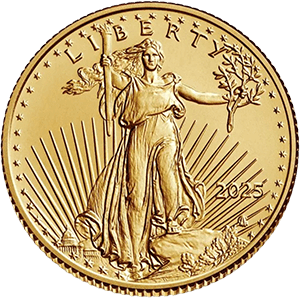
In a nation where gold is more than a commodity—where it is custom, legacy, and wealth intertwined—the metal’s recent climb to ₹109,000 per 10 grams has stirred more reverence than recoil. While the Indian rupee continues its quiet retreat against the dollar, gold has reaffirmed its timeless status not just as ornamentation, but as a bulwark of financial resilience. Despite high prices, buyers are not turning away—they’re leaning in, trusting that what glittered yesterday still glows today, and perhaps shines even brighter in uncertain times.
A Cultural Constant in Shifting Times
Gold occupies a singular space in the Indian psyche. From wedding trousseaus to temple donations, from family heirlooms to Diwali gifts—gold is inseparable from life’s most meaningful moments. For centuries, it has been a form of intergenerational wealth, a hedge against inflation, and a symbol of spiritual and social security.
Now, with inflationary pressures mounting globally and the rupee steadily weakening, Indians are again turning to what they know best: the enduring promise of gold.
Record Highs, Steady Demand
July 2025 has seen gold touch unprecedented domestic highs. Driven by a softening rupee, geopolitical tensions, and strong international prices, 24k gold now trades at ₹109,000 per 10 grams in Indian markets. Traditionally, such spikes might have curbed appetite—particularly for jewelry.
And yet, while bridal buyers may hesitate, investors are accelerating. Gold bars, coins, and digital gold products are witnessing robust demand. Many see this not as a peak, but as a reset—where ₹100,000+ becomes the new normal for gold, especially in a declining currency environment.
Rupee Realities: Why Gold Still Makes Sense
The Indian rupee has been under pressure, recently breaching 85 to the U.S. dollar. In a country that imports nearly all its gold, this currency movement amplifies prices. But it also reinforces gold’s purpose: to protect purchasing power when fiat currencies falter.
As the rupee weakens:
-
Imported inflation rises, affecting everything from fuel to food.
-
Gold gains intrinsic appeal as a tangible store of value.
-
Investors hedge against volatility and seek stability in hard assets.
For affluent buyers and first-time investors alike, the logic is simple: gold may be expensive—but the rupee is losing more.
Changing Consumer Behavior
While traditional jewelry sales have softened under current price pressure, the nature of demand is evolving—not disappearing.
-
Lightweight jewelry is gaining traction over heavier, ornate designs.
-
Digital gold and ETFs are drawing younger, tech-savvy investors.
-
Monthly gold saving schemes are providing more accessible entry points.
-
Coins and bars—free from making charges—are appealing to value-driven buyers.
This shift signals maturity in the Indian gold market—an embrace of gold not just as a ritual, but as a strategic asset.
Looking Ahead: A Nation Still Bullish on Bullion
As India approaches its festive season in the coming months, analysts expect demand to rebound further. If prices stabilize or dip temporarily, pent-up jewelry demand may return. But even if they don’t, gold’s investment demand is likely to persist.
According to projections, India’s total gold demand for 2025 will remain robust—only slightly below last year’s record levels. The message is clear: Indians aren’t giving up on gold—they’re adapting how they own it.
Final Thoughts: Still the Safest Shine
In a landscape of depreciating currencies, shifting policies, and global uncertainty, gold remains a rare constant. At ₹109,000, it may seem extravagant—but for many Indians, it still feels essential.
Because gold in India isn’t just an asset. It’s a memory. A safeguard. A legacy.
And even in its most expensive form, it’s still viewed by millions as the most trustworthy thing you can hold onto—when everything else feels like it might slip away.
















